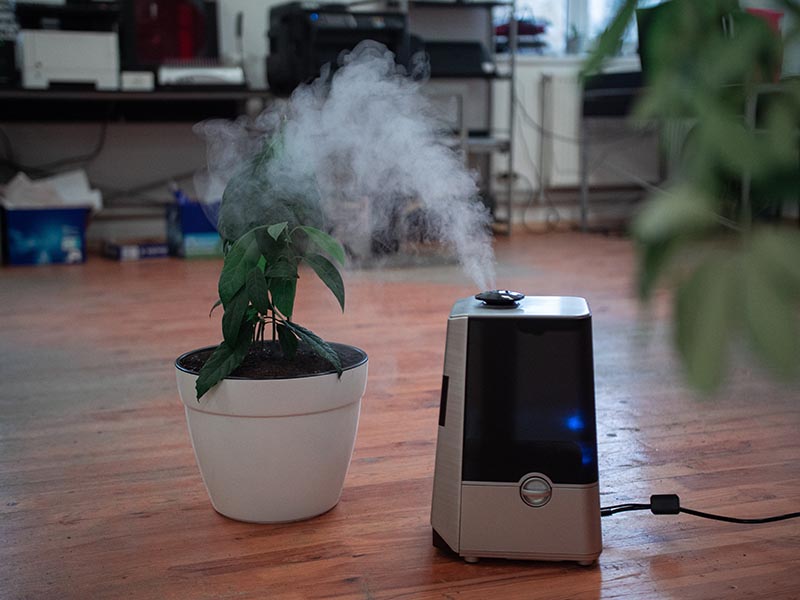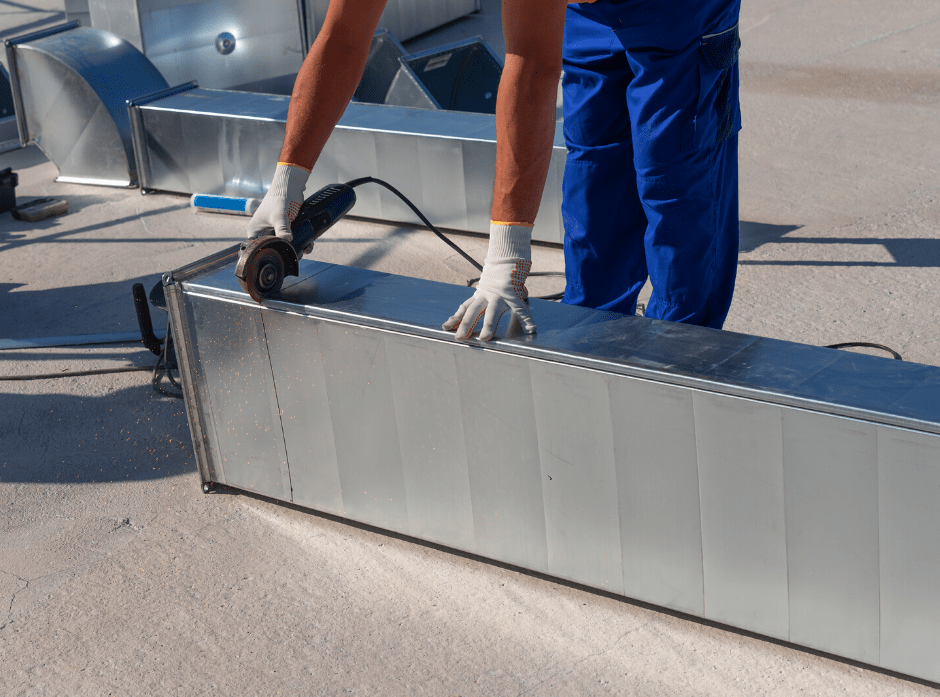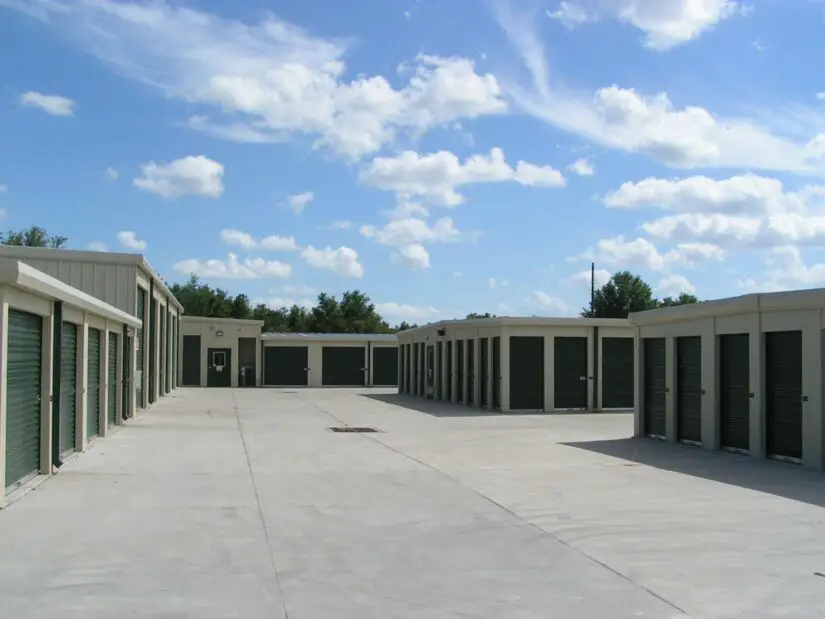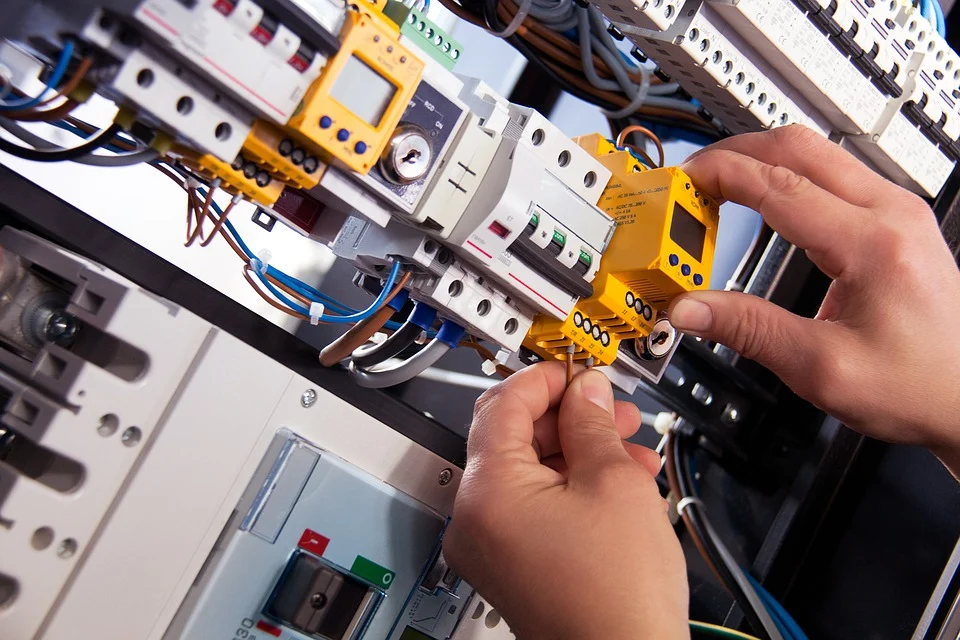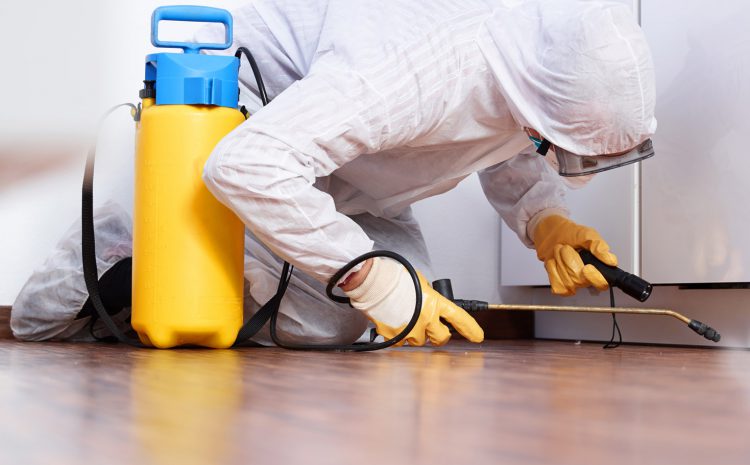You probably know much about outdoor air pollution, but have you ever considered your indoor air getting polluted? Unfortunately, the air in your home can get more polluted than the outside. The bad news is that this may pose significant health risks to you.
Your indoor air can get pollution by several contaminants, including pet allergens and harmful gas leaks. Also, the breeze may carry some pollutants into your house. Or the smoke streaming into your kitchen as you burn a piece of toast could cause pollution.
As a homeowner, you must reduce indoor air pollution as much as possible to improve indoor air quality. Thankfully, this guide shares a few tips to help you achieve that.
How to reduce indoor air pollution in your home
Your indoor air quality matters as it can negatively or positively impact your health. That is why you must eliminate any impurities that may compromise your home’s indoor air quality. You can visit the site here to learn how HVAC providers offer services to improve indoor air quality: https://www.directac123.com/air-quality/air-duct-cleaning/
Here are the most effective ways to minimize indoor air pollution in your house.
1. Change your AC air filters regularly
Air conditioners help to maintain a comfortable temperature in your home. However, the systems can also filter air as it circulates throughout your house. As a result, this helps remove any air pollutants, including those that may pose health risks to your family.
However, with prolonged operation, the air filters in your AC system can get clogged with dirt and dust. As a result, they will no longer filter the air circulating in your home. Changing the air filters can prevent the problem and improve indoor air quality.
2. Invest in high-quality air purifiers
An air purifier can also complement your efforts to eliminate all the pollutants in your indoor air. It can help to keep allergens and other impurities out of your house, helping to improve your indoor air quality. Besides, air purifiers don’t have critical health risks.
There are several types of air purifiers, including ionic and HEPA purifiers. Ionic purifiers have metal plates that attract and hold impurities and must be cleaned frequently to stay functional. Conversely, HEPA purifiers use woven filters to trap pollutants in the air.
3. Grow a few indoor plants to purify the air
If you can’t afford electrical air purifiers, you can consider growing a few houseplants to purify the air in your house naturally. Strategically grow beautiful plants in your home to achieve incredible results. Notably, the indoor plants will also add beauty to your house.
The good news is that there are many plants to help reduce indoor pollution. They can eliminate toxins such as carbon dioxide in the air and release clean, breathable air into your house. Such plants include Boston fern, spider plant, and English ivy.
4. Vacuum your rugs and carpets
Rugs and carpets are vital in improving your home’s comfort. However, they can also trap dust and other impurities in the air. The dust particles in your home won’t remain suspended for long. Instead, they’ll settle on horizontal surfaces, like rugs and carpets.
When disturbed, the carpets can redistribute the dust particles into the air. Therefore, you must frequently vacuum all the rugs and carpets in your home. That will help boost indoor air quality, mainly when you use a vacuum with a HEPA filtration system.
5. Reduce humidity levels in your house
High humidity levels can encourage mold and mildew growth in your home. However, increased occupants’ exposure to these allergens can increase the risks of developing asthma and allergies. Also, the tiny particles in mold can cause fungal infections.
To mitigate the risks of developing severe illnesses associated with mold and mildew growth, consider reducing the humidity levels in your home, mainly in the basement. The recommended humidity level for a house ranges between 30 and 50 percent.
6. Inspect and clean your air ducts regularly
Air ducts help to distribute cold and hot air in your home, creating a comfortable climate in every room. But with continuous use, the air ducts can get clogged with dust and contaminants, reducing indoor air quality. Besides, it can pose significant health risks.
Some contaminants that might accumulate in the ducts over time include molds, pollen, bacteria, and dust mites. The good news is that you can eliminate these pollutants by cleaning the air ducts to improve indoor air quality. An expert HVAC contractor can help.
7. Open your windows once in a while
Adequate ventilation is essential to promote healthy indoor air. Thankfully, opening your windows is one of the best and cheapest ways to improve your home’s ventilation and indoor air quality. You can consider opening the windows at least once every week.
However, you should first check if the weather conditions outside are favorable. For instance, you should not open the windows when the weather outside is too cold or the pollen count is too high. Otherwise, pollens will enter your home, causing more trouble.
8. Monitor radon levels in your house
Radon is an odorless, colorless, and radioactive gas that mostly comes from naturally decaying uranium in the soil. Besides, it can also result from the natural disintegration of radium. Unfortunately, radon can pose significant health risks to children.
The bad news is that radon can sometimes find its way into our homes, and continuous exposure can result in severe health complications. It can cause developmental issues in children and lower IQ. Thankfully, you can test and reduce radon levels in your home.
Final Words
Now that you understand how to reduce indoor air pollution, you can prevent pollutants from dominating your house. The good news is that most of these tips and ideas are easy to implement. You can implement them by yourself in just a few minutes.
However, you can consider involving an HVAC technician for other technical practices, such as changing AC air filters and installing air purifiers. HVAC experts understand all the factors that may compromise indoor air quality so that they can help accordingly.
